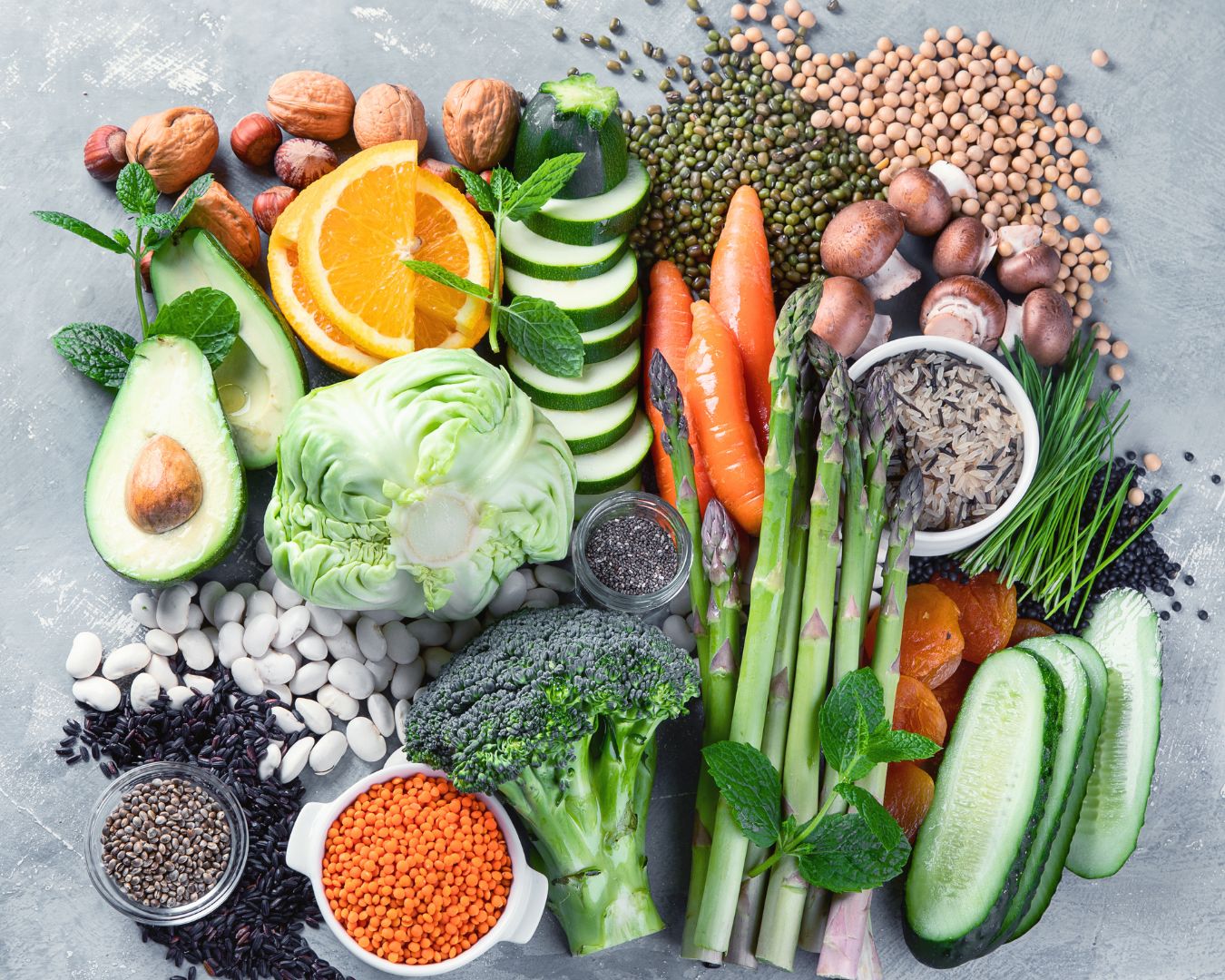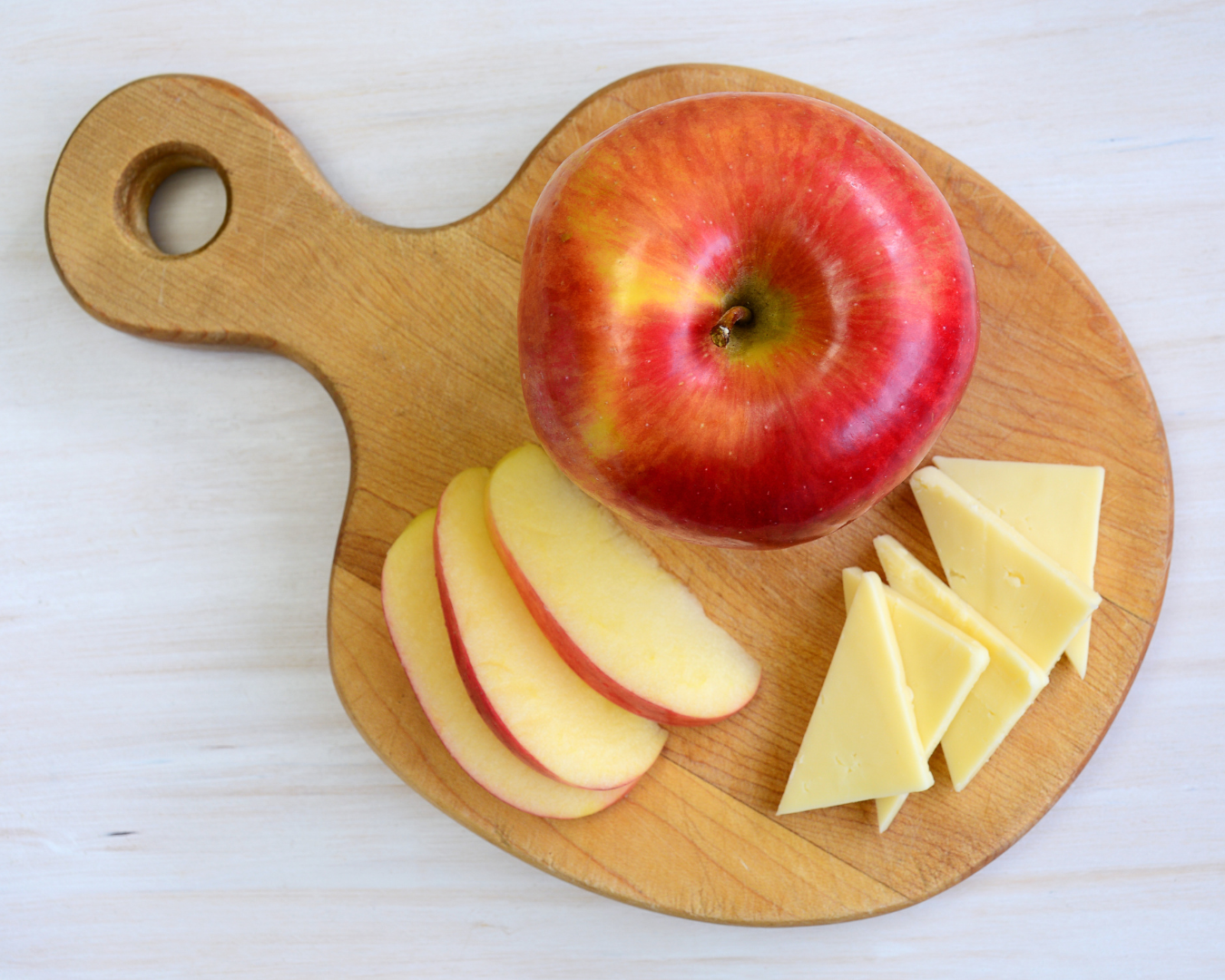Keep It Clean: Easy Maintenance Tips for the COS-63190 36″ Wall Mount Range Hood’s Filters
Maintaining a clean and efficient kitchen starts with proper care of your range hood filters. The COS-63190 36″ Wall Mount Stainless Steel Range Hood is designed for efficient performance and easy maintenance, making it simple to keep your kitchen fresh and grease-free. Here are some essential tips to ensure your range hood filters stay in top condition. Why Filter Maintenance Matters Regular filter maintenance is crucial for several reasons: Understanding the COS-63190 Filters The COS-63190 features durable, reusable stainless steel ARC-FLOW filters. Unlike traditional filters that require frequent replacements, these are designed for long-term use and can be easily cleaned to maintain peak performance. Step-by-Step Filter Cleaning Guide Maintenance Frequency Additional Tips for Easy Maintenance By following these simple maintenance tips, your COS-63190 36″ Wall Mount Range Hood will continue to perform efficiently, keeping your kitchen clean, fresh, and stylish for years to come.










